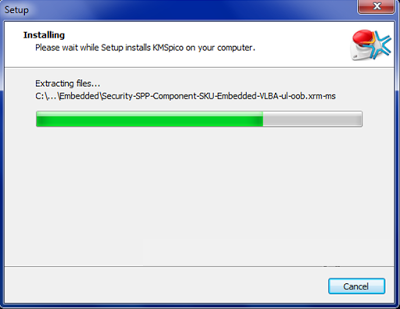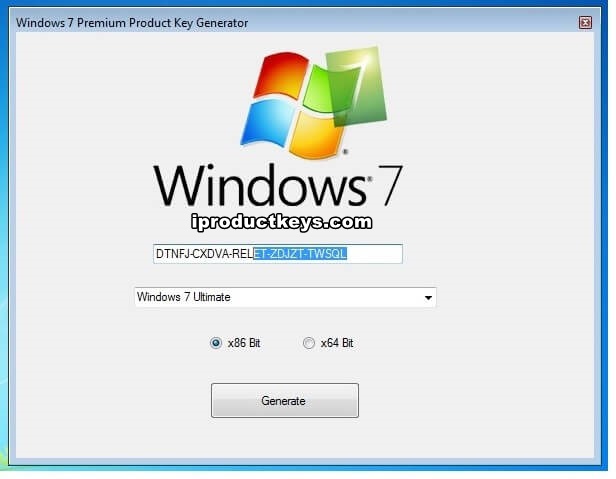

If you are converting a computer from a KMS host, MAK, or retail edition of Windows to a KMS client, install the applicable setup key (GVLK) from Table below using slmgr /ipk. In volume installations, the setup key is installed by default, which makes the system a KMS client. cd %windir%\system32Ĭscript slmgr.By default, the Windows 7 and Windows Server 2008 R2 operating systems use KMS for activation.

If you’re about to use a VLK, you are probably going to be needing these commands. If you get a message saying you’re unable to upgrade because of error 0xC03F6506 or 0xC004F069, see this post. What you can do is enter the Windows 10 Pro upgrade key, VK7JG-NPHTM-C97JM-9MPGT-3V66T, let it upgrade, and then enter the VLK. Computers that are running volume licensing editions of Windows Server and Windows client are, by default, KMS clients with no extra configuration needed as the relevant GVLK is already there. If you enter a VLK key for Windows 10 Pro on Windows 10 Home, it will not be accepted. This key is sometimes referred to as the KMS client key, but it is formally known as a Microsoft Generic Volume License Key (GVLK).


Windows Server 2008 for Itanium-Based Systems Windows Server 2008 Datacenter without Hyper-V Windows Server 2008 Enterprise without Hyper-V Windows Server 2008 Standard without Hyper-V


 0 kommentar(er)
0 kommentar(er)
